Seven years have passed since the release of Tekken 7, and in that time it has become a true giant in the fighting game world. While other 3D fighting games have faded into the shadows, Tekken 7 has not only maintained its leadership position, but has become the most successful release in the series in terms of community love, number of major tournaments, and sales. And that’s for good reason – the game that was on release has remained a place where you can easily spend hundreds of hours.
Tekken 8 had the difficult task of surpassing its predecessor, and that wasn’t easy considering that even-numbered installments in the series have historically turned out worse than odd-numbered ones. However, Tekken 8 managed to do more than just break tradition – the series hasn’t seen so many changes since Tekken 5.
Tekken 8: Father and Son
For thirty years, every new installment of Tekken has told us the same story: resentful son overthrows evil father, becomes evil himself, father returns and overthrows him – and so on in a circle. This time we have Kazuya Mishima and Jin Kazama.
Kazuya, saturated with the demonic energy of his family, clearly lost the thread of reason and decided to establish a new world order, in which force will determine the laws of strict obedience. He announced the next “Iron Fist Tournament”, to which each country should send its best fighters. The winner of the tournament will represent their country’s interests, becoming the holder of might and power. However, the losers will surely receive their share of humiliation and punishment.
While the plot seems rather mundane, it still surpasses its predecessors in the series. It features a huge amount of standard plot motifs from modern media, as well as some plot gaps common to gaming projects. However, it also features well-crafted fight scenes and a solid storyline centered around one of the key characters. In addition, the story mode didn’t forget about fanservice, which was a pleasant surprise in between the intense battles.
For those who decided to start their acquaintance with the series with the eighth part, the developers prepared a brief introduction to the past events.
Arcade Character Story
All 32 characters have their own arcade story, where as an epilogue each of them got a beautiful CGI video, which range from humorous, to serious and lore-expanding. The process of discovering them itself takes place through a series of five fights, with their own unique dialog. The format of these matches varies from a tournament, another has a fight with the self inside the mind, etc.
What’s particularly satisfying is that there are unique animations between certain character pairs before the fight begins, giving each fight an extra dynamic and entertaining feel. This aspect will also please fans of the series who are familiar with the history of the Tekken world. In addition, each character reacts individually when defeating an opponent, which adds even more uniqueness and variety to each fight. The developers paid a lot of attention to details, which, although they do not directly affect the gameplay, but make each fight more intense and memorable.
Tekken Ball
From the mini-games, the iconic Tekken Ball that was so popular in previous installments is back. This mode offers players a fun and unique fighting experience. In this entertaining form of volleyball, players must reduce their opponent’s health to zero using a beach ball that can be launched at each other with attacks. The stronger the projectile is charged, the faster it flies, creating many fun moments and dynamic fights.
Arcade Mode
But Tekken 8 actually puts a huge emphasis on learning. The game has an “Arcade Mode” for this purpose. In the new “Arcade Mode,” we create a chibik avatar and embark on a journey through arcade halls, where we interact with Tekken-fanatic NPCs and try to make our way through the game’s elite tournaments. The level of computer opponents gradually increases, and we are regularly offered short tutorials. In the finale of this adventure, a beginner will actually learn the elementary basics of the game, and an old fan will remember how to play Tekken.
However, the mode has a very lusciously friendly idea of a community of players, where everyone respects each other, doesn’t worry about defeats and always stays friends, with absolutely no toxicity. That’s how this community should be, but unfortunately the reality is not quite like that.
Before diving into online battles, it’s a good idea to spend some time in a separate tutorial mode. There you will find a variety of settings, from attack or defense mode to different enemy behaviors. This mode allows you to focus on specific aspects of the game, mastering complex punishment mechanics and combination demonstrations. While this sounds like a rather boring activity, especially for those who prefer more dynamic gameplay, it’s incredibly useful for improving skills and preparing for real-time battles.
To consolidate what you’ve learned, you can also battle AI ghosts. The ghosts learn from your fighting style and are able to replicate it. This is a great way to identify your weaknesses and work on them. Through these battles, you can see if you’re using throws too often, forgetting dodges, or stagnating blocks. You can also download other players’ ghosts and practice with them, which is a variant of online battles without online.
Tekken 8: gameplay
In Tekken 5, the developers found the basic foundation, which they have been constantly developing ever since. Characters from part to part retain most of their techniques, acquire new ones and only occasionally someone gets a significant rework, but this is usually justified by the story. So for example Jin Kazama, who has now curbed the devil gene, is played much differently from his version in Tekken 7.
It’s still a classic 3D fighting game about martial arts and combinations. It’s still a defense-oriented 3D fighting game about martial arts, combos, juggles, and dodges. From dozens of strikes and combinations you can weave your own bundles, which allow you, once throwing the enemy, to remove fifty percent of health, or even the whole strip – if the skill and reaction is enough. That’s why Tekken is defense-oriented. Skilled players, as a rule, spend half of the match making jerks back and forth and trying to catch the opponent to send him into the air.
But in the eighth installment, the developers decided to break the mold and add aggression to the game with the help of two mechanics: Rage Art and Heat. Rage Art allows you to activate a powerful attack once per round when you have very little health left. This attack is easy to dodge and can be blocked, but if it gets through, it can turn the tide of battle. Or even end the fight altogether if both fighters are low on health.
Heat mechanics became a distinctive feature of Tekken 8. Under the health scale each character has an additional scale that represents this gameplay mode. When you activate it, this scale gradually decreases, but the more active you are, the slower it will decrease, but new techniques in Heat mode significantly use up new resources, so you should use this mechanic sensibly.
Heat can be used not only offensively, but also defensively, as its activation has armor and also fully restores White Health. This is another innovation for the series. If a character takes damage during a juggle (a combo while the person being beaten is in the air), they will have a white trace on the scale after losing health – this is the amount of health that can be restored if you show aggression, even if you hit an enemy’s block, but activating Heat restores this health immediately.
The Heat bar is full on both players at the start of each round. There’s no point in ignoring it, you don’t need to save up anything. Thanks to this, it became harder to stay in a block, and it became more pleasant to punish overly cautious opponents with a sudden Heat combo. The dynamics of fights have changed, Tekken has become even faster.
Tekken 8 also adopted one element from its 2D comrades – the so-called chip damage. This is the damage received when blocking. It is minimal and not all attacks in the character’s arsenal are capable of it, and it is impossible to win with this type of damage, the last blow must still pass not on the block. This type of damage always leaves behind white health. In Heat mode, all attacks start dealing chip damage. The final mechanic carried over from Tekken 7 is Rage. When the fighter has 30% health and below, a red aura appears, symbolizing the increasing damage from attacks, as well as the ability to activate the cinematic ultra attack Rage Art.
Of course, all of these innovations don’t make Tekken 8 any easier or friendlier. The use of “breakers,” the Heat system, white health management, and proper timing of Rage Art application all require mastery, as do the basic mechanics of the game. Inevitably, you’ll have to learn combinations, master maneuvers like blocking, and more. Tekken has simply become more diverse, dynamic (though it was hard to imagine), and addictive.
About Network Mode
Tekken 8 has quite a rich networking experience. There’s a lobby with multiple rooms for different regions, ranked matches, private rooms, and the ability to play Tekken Ball online. However, the main advancement was the introduction of crossplay, which eliminates the problem of platform selection and allows you to play with friends regardless of what they prefer to play on. While the netcode quality is slightly inferior to games like Street Fighter 6, Guilty Gear Strive, and GranBlue Fantasy Versus Rising, it’s still the best netcode among 3D fighting games, and significantly better than Tekken 7 was. Either way turned out to be in a favorable future for the Tekken series.
What Tekken 8 looks like
Visually, Tekken 8 looks impressive. The character models are highly detailed and have smooth animations, and the scenery is designed very effectively. As for the music, the game’s soundtrack is of such high quality that sometimes I run it in the background while working.
For the aftermath
A final point worth mentioning is that Tekken 8 is aimed at training players. The training mode offers a huge amount of customizable options to recreate different game situations and find effective countermeasures. Of particular importance is the punishment training section. How it works. You select the character you prefer to play with and then the one you have difficulty against during matches. You then enter the punishment training mode, where the game teaches you in detail how and when to use your character’s most effective moves in a particular matchup.

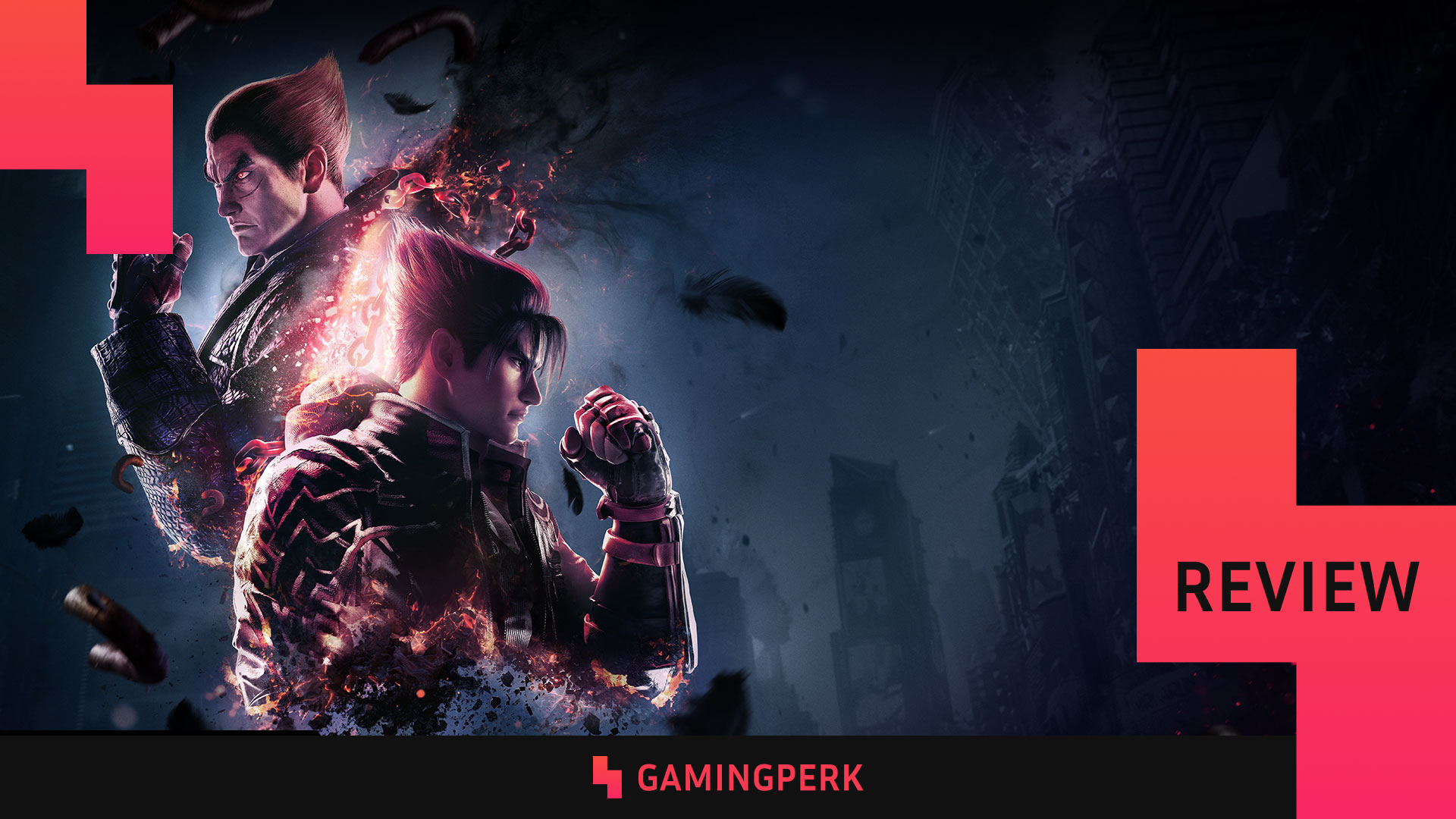
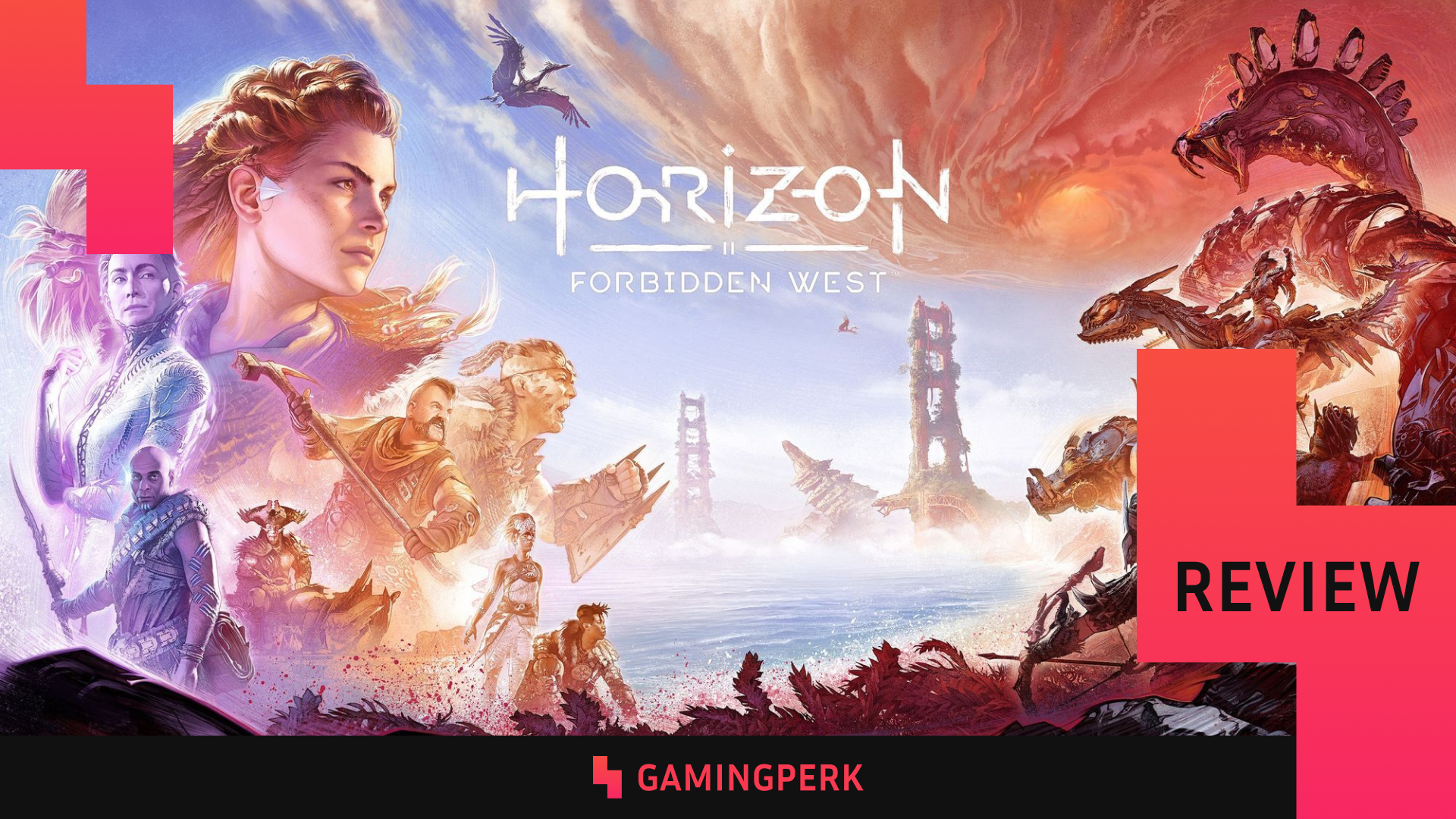
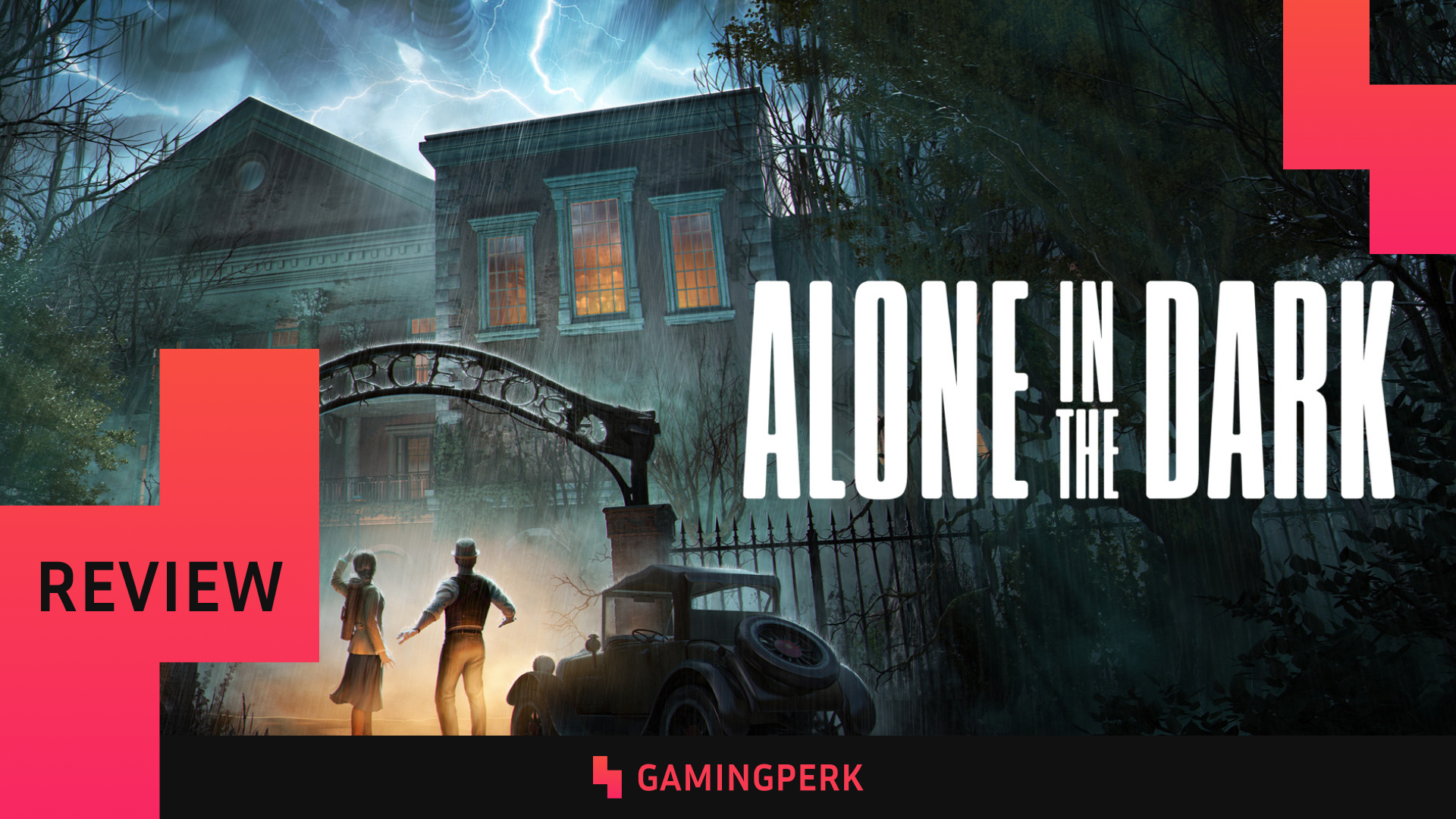
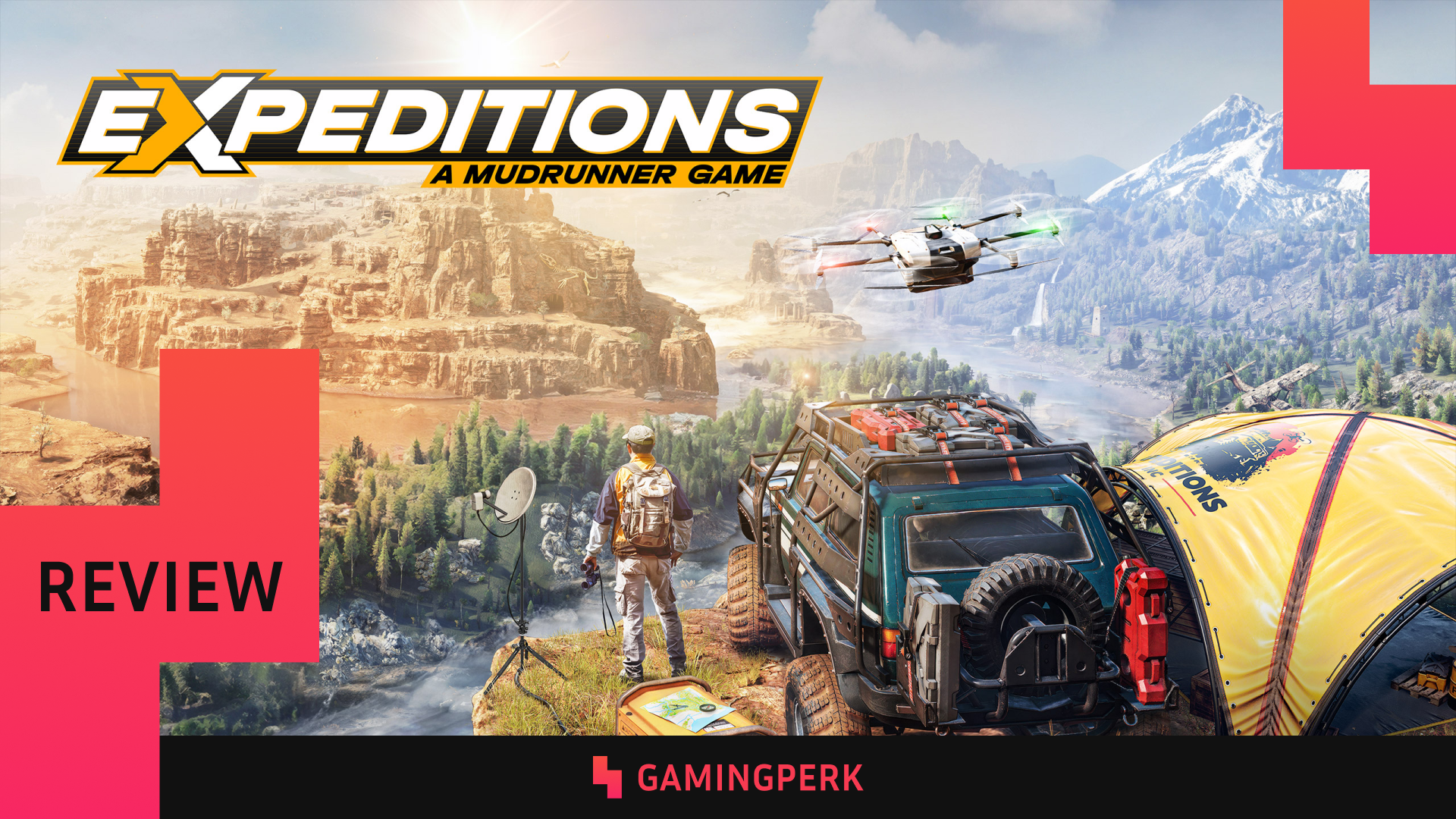
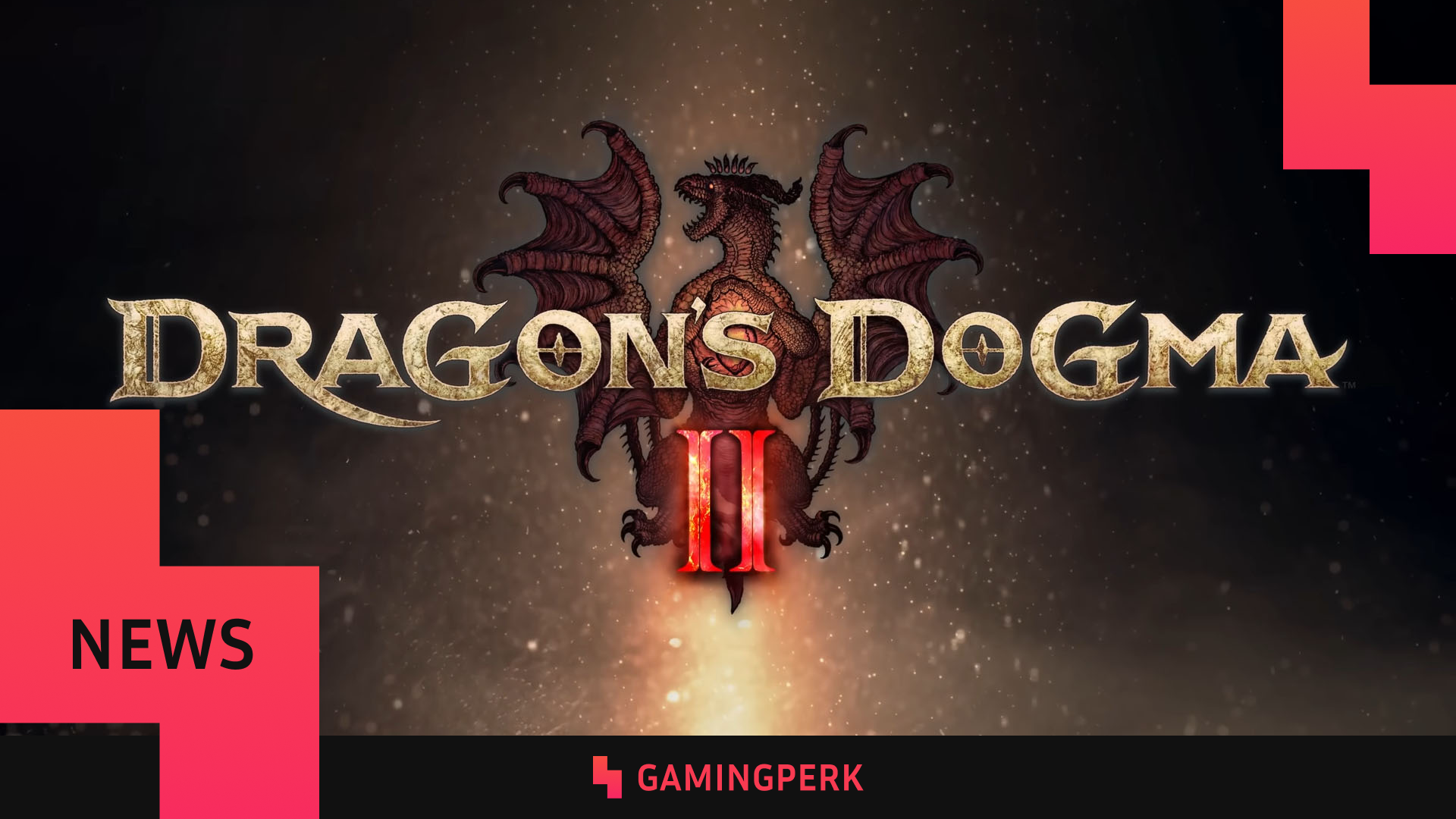
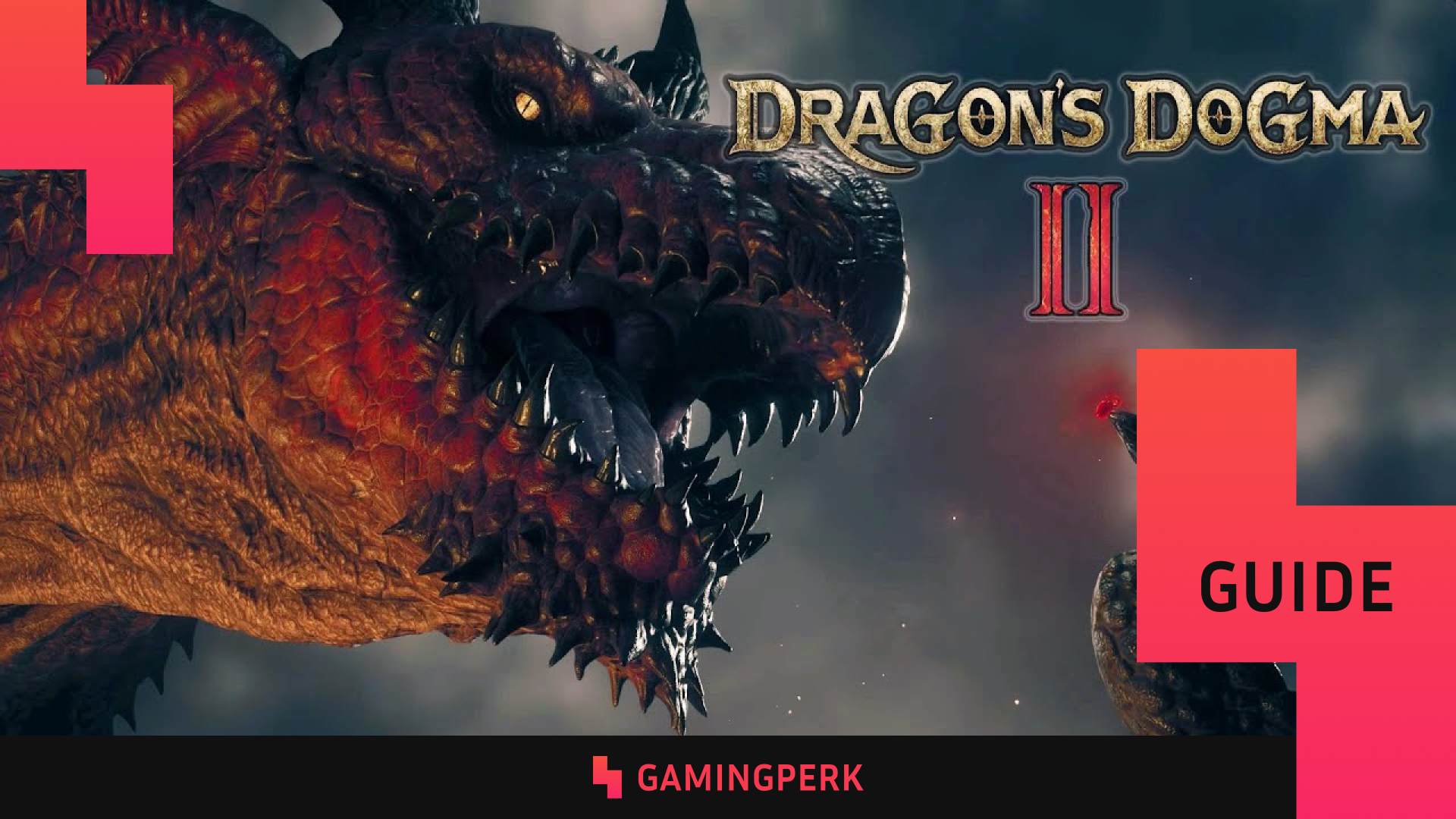
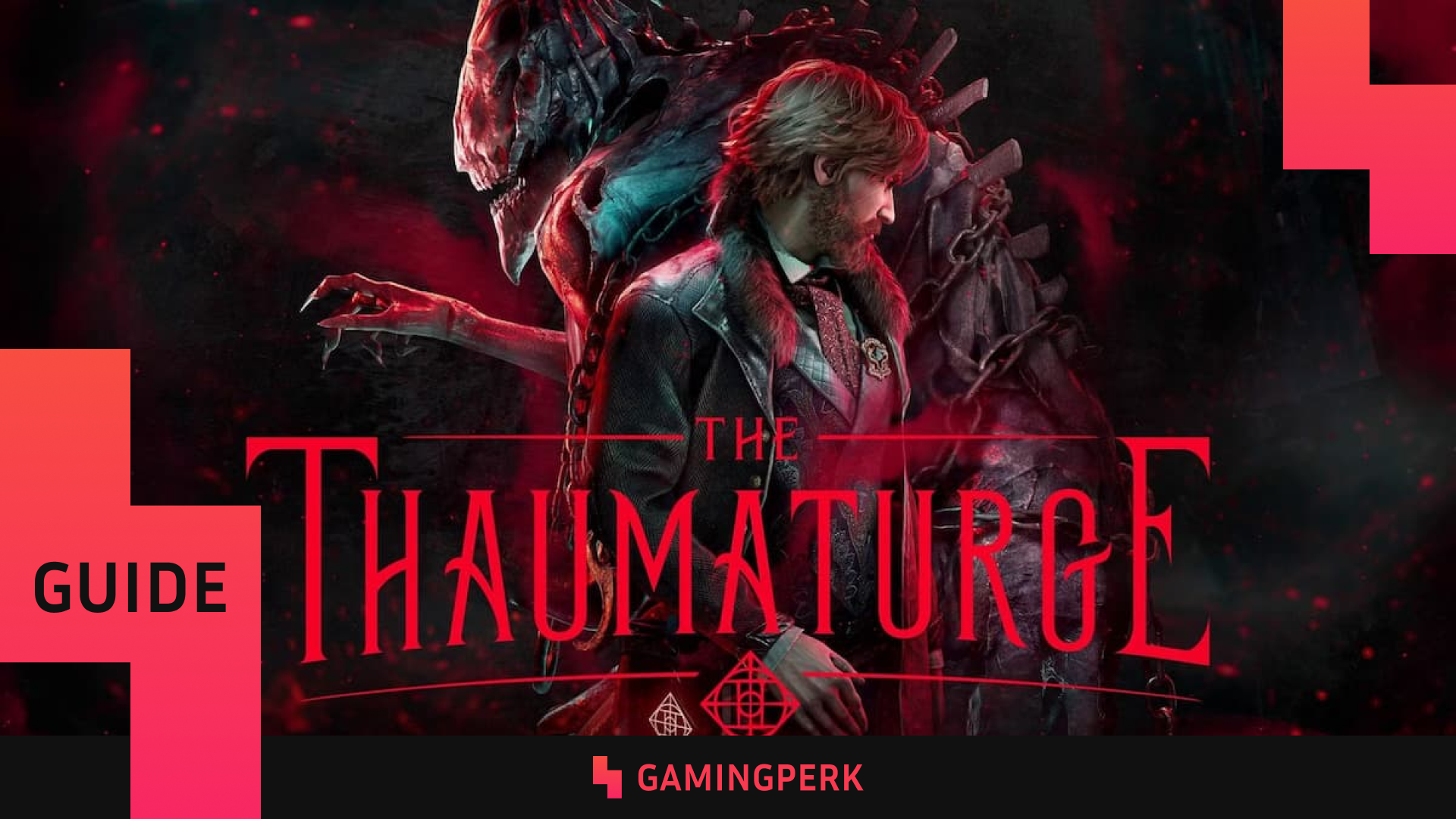
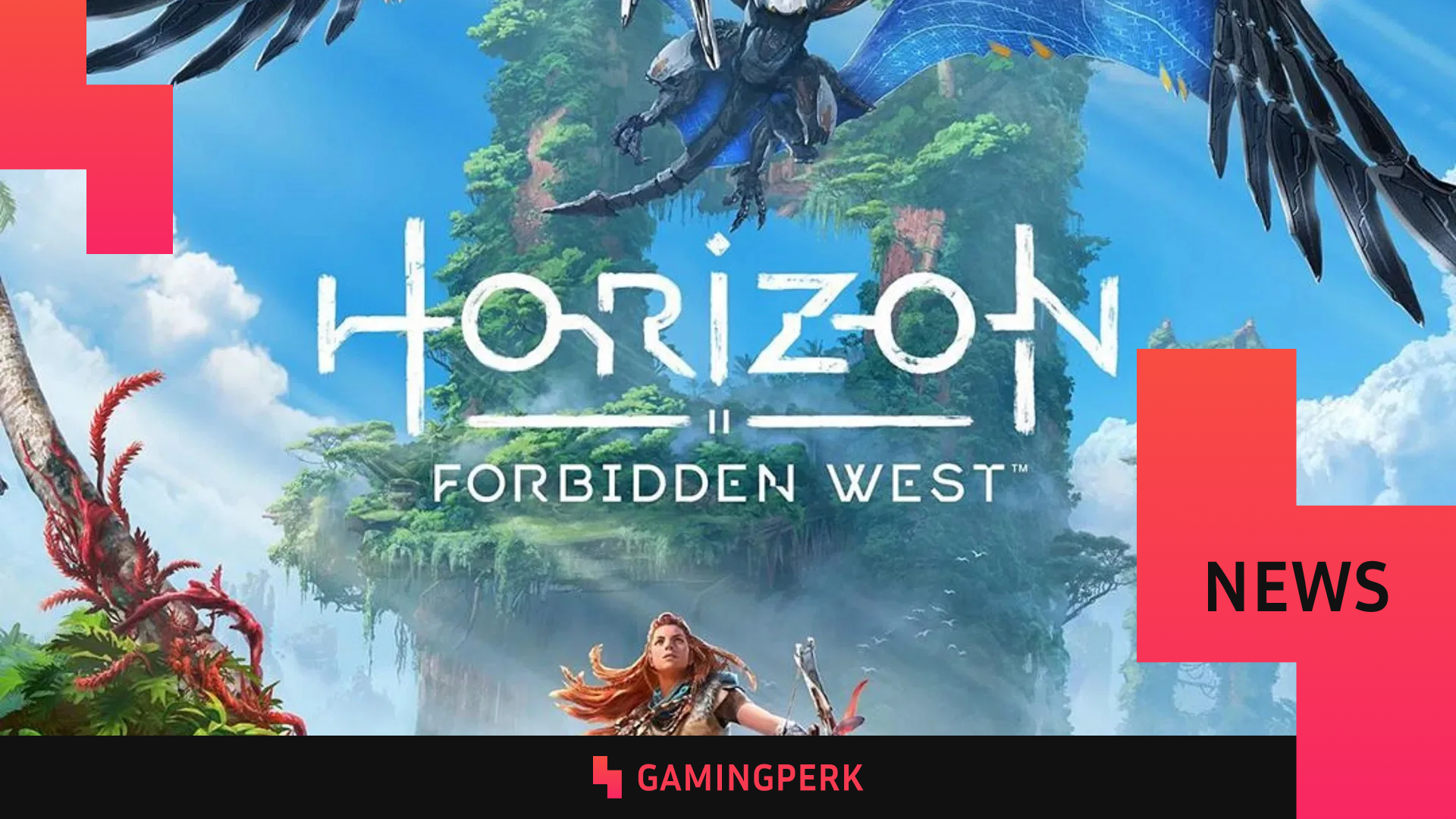
+ There are no comments
Add yours